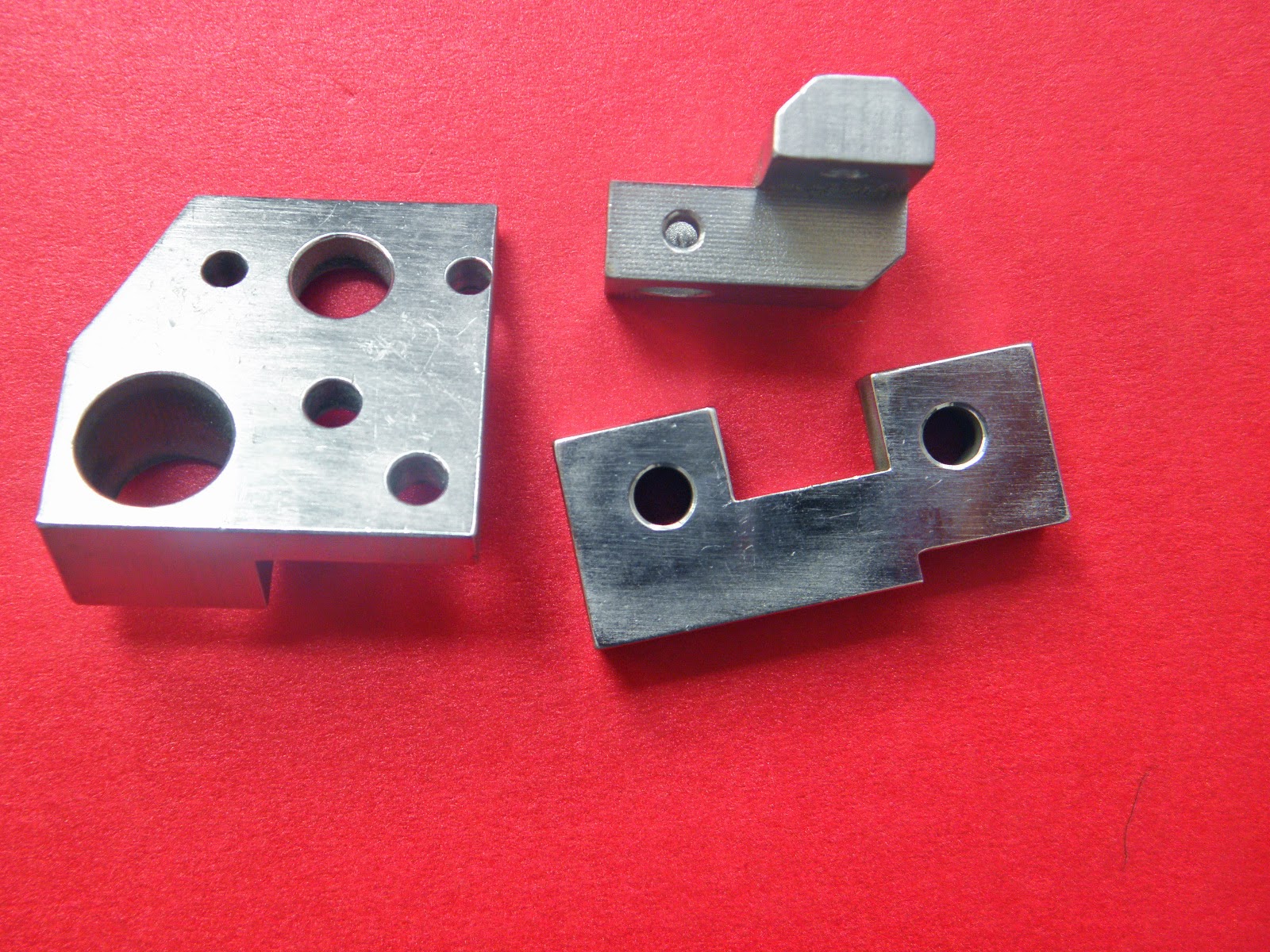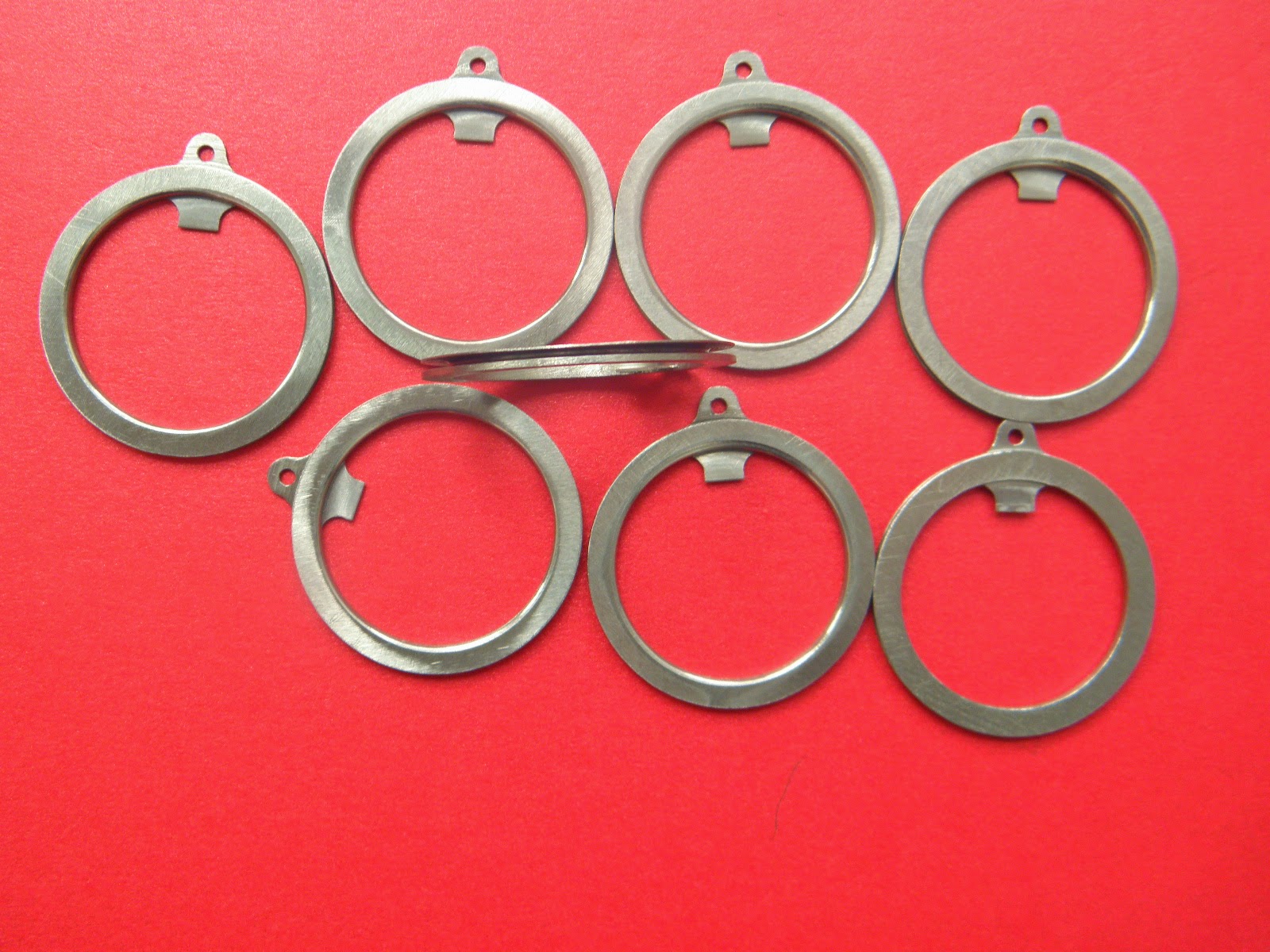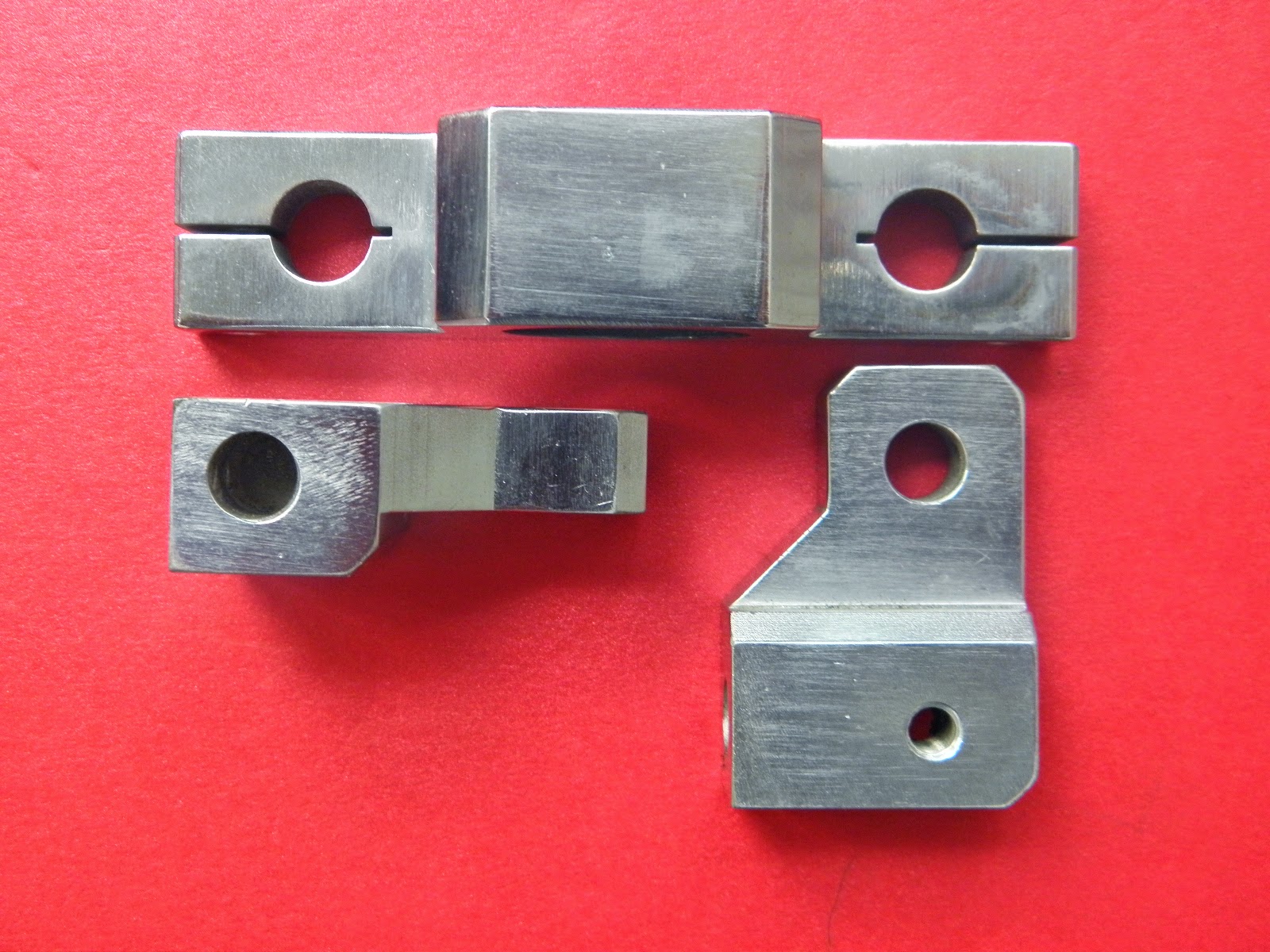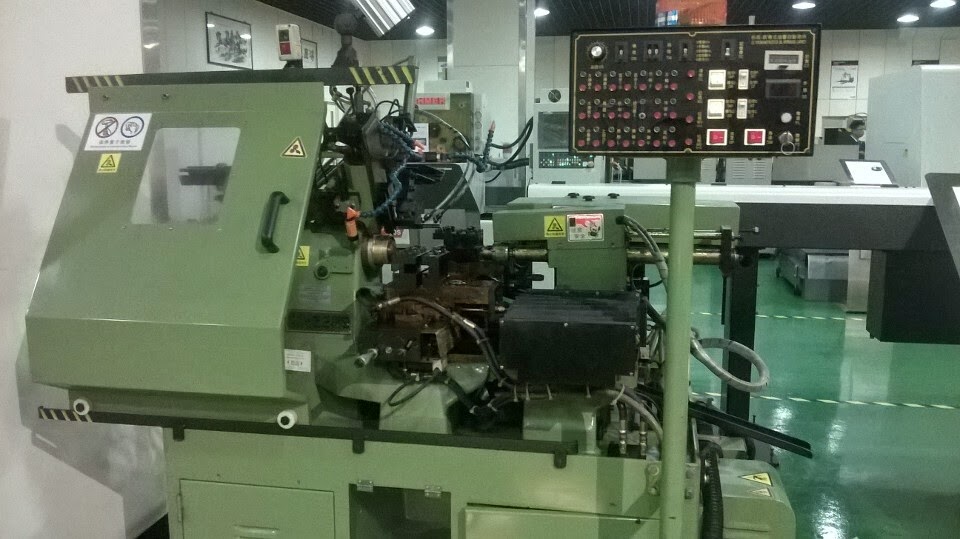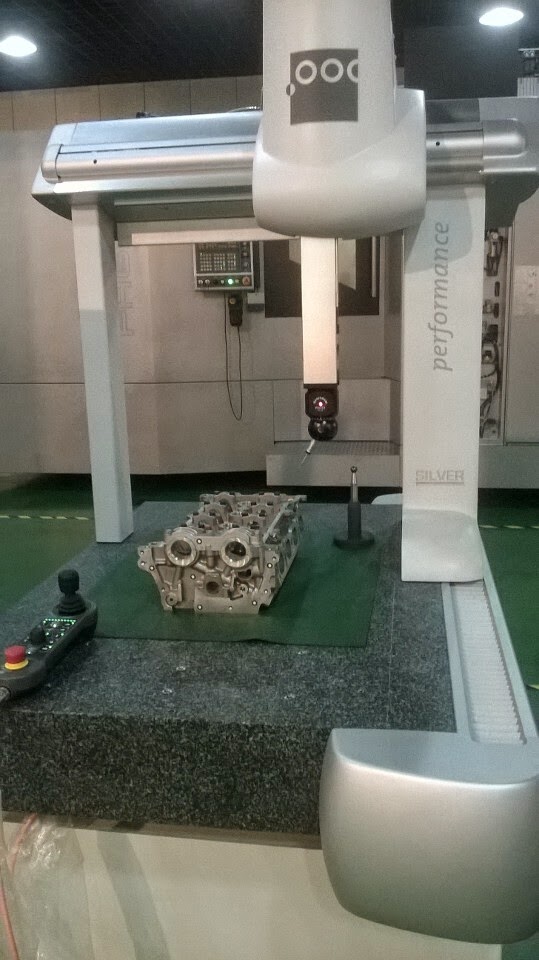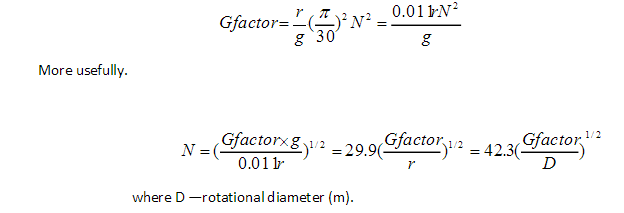Introduction of Machining
Speed
and Feeds in Machining Speeds, feeds, China precision machining and depth of cut are the three major
variables for economical machining. Other variables are the work and tool
materials, coolant and geometry of the cutting tool. The rate of metal removal
and power required for machining depend upon these variables.
The depth of cut, feed, and cutting speed are machine settings that must
be established in any metal-cutting operation. They all affect the forces, the
power, and the rate of metal removal. They can be defined by comparing them to
the needle and record of a phonograph. China precision machining The cutting speed (V) is represented by
the velocity of- the record surface relative to the needle in the tone arm at
any instant. Feed is represented by the advance of the needle radially inward
per revolution, or is the difference in position between two adjacent grooves.
The depth of cut is the penetration of the needle into the record or the depth
of the grooves.
Turning on Lathe Centers
The
basic operations performed on an engine lathe are illustrated. Those operations
performed on external surfaces with a single point cutting tool are called
turning. Except for drilling, reaming, and lapping, the operations on internal
surfaces are also performed by a single point cutting tool.
All
machining operations, including turning and boring, can be classified as
roughing, finishing, or semi-finishing. The objective of a roughing operation
is to remove the bulk of the material as rapidly and as efficiently as
possible, while leaving a small amount of material on the work-piece for the
finishing operation. Finishing operations are performed to obtain the final
size, shape, and surface finish on the workpiece. Sometimes a semi-finishing
operation will precede the finishing operation to leave a small predetermined
and uniform amount of stock on the work-piece to be removed by the finishing
operation.
Generally, longer workpieces are turned while
supported on one or two lathe centers. Cone shaped holes, called center holes,
which fit the lathe centers are drilled in the ends of the workpiece-usually
along the axis of the cylindrical part. The end of the workpiece adjacent to
the tailstock is always supported by a tailstock center, while the end near the
headstock may be supported by a headstock center or held in a chuck. The
headstock end of the workpiece may be held in a four-jaw chuck, or in a type
chuck. This method holds the workpiece firmly and transfers the power to the
workpiece smoothly; the additional support to the workpiece provided by the
chuck lessens the tendency for chatter to occur when cutting. Precise results
can be obtained with this method if care is taken to hold the workpiece
accurately in the chuck.
Very
precise results can be obtained by supporting the workpiece between two
centers. A lathe dog is clamped to the workpiece; together they are driven by a
driver plate mounted on the spindle nose. One end of the Workpiece is
mecained;then the workpiece can be turned around in the lathe to machine the
other end. The center holes in the workpiece serve as precise locating surfaces
as well as bearing surfaces to carry the weight of the workpiece and to resist the cutting forces. After the
workpiece has been removed from the lathe for any reason, the center holes will
accurately align the workpiece back in the lathe or in another lathe, or in a
cylindricalgrinding machine. The workpiece must never be held at the headstock end
by both a chuck and a lathe center. While at first thought this seems like a
quick method of aligning the workpiece in the chuck, this must not be done
because it is not possible to press evenly with the jaws against the workpiece
while it is also supported by the center. The alignment provided by the center
will not be maintained and the pressure of the jaws may damage the center hole,
the lathe center, and perhaps even the lathe spindle. Compensating or floating
jaw chucks used almost exclusively on high production work provide an exception
to the statements made above. These chucks are really work drivers and cannot
be used for the same purpose as ordinary three or four-jaw chucks.
While very large diameter workpieces are sometimes mounted on two
centers, they are preferably held at the headstock end by faceplate jaws to
obtain the smooth power transmission; moreover, large lathe dogs that are
adequate to transmit the power not generally available, although they can be
made as a special. Faceplate jaws are like chuck jaws except that they are
mounted on a faceplate, which has less overhang from the spindle bearings than
a large chuck would have.
Introduction of Machining
Machining as a shape-producing method is the
most universally used and the most important of all manufacturing processes.
Machining is a shape-producing process in which a power-driven device causes
material to be removed in chip form. Most machining is done with equipment that
supports both the work piece and cutting tool although in some cases portable
equipment is used with unsupported workpiece.
Low
setup cost for small Quantities. Machining has two applications in
manufacturing. For casting, forging, and press working, each specific shape to
be produced, even one part, nearly always has a high tooling cost. The shapes
that may he produced by welding depend to a large degree on the shapes of raw
material that are available. By making use of generally high cost equipment but
without special tooling, it is possible, by machining; to start with nearly any
form of raw material, so tong as the exterior dimensions are great enough, and
produce any desired shape from any material. Therefore .machining is usually
the preferred method for producing one or a few parts, even when the design of
the part would logically lead to casting, forging or press working if a high
quantity were to be produced.
Close accuracies, good finishes. The second
application for machining is based on the high accuracies and surface finishes
possible. Many of the parts machined in low quantities would be produced with
lower but acceptable tolerances if produced in high quantities by some other
process. On the other hand, many parts are given their general shapes by some
high quantity deformation process and machined only on selected surfaces where
high accuracies are needed
Internal
threads, for example,China precision machining are seldom produced by any means other than machining and
small holes in press worked parts may be machined following the press working
operations

